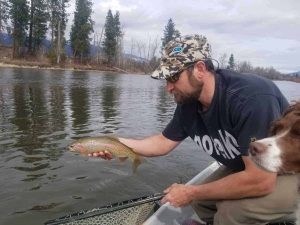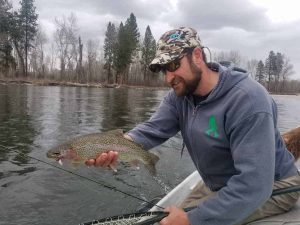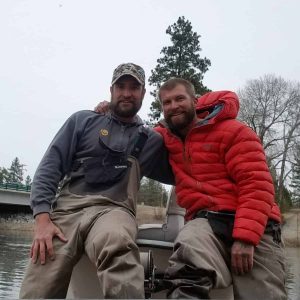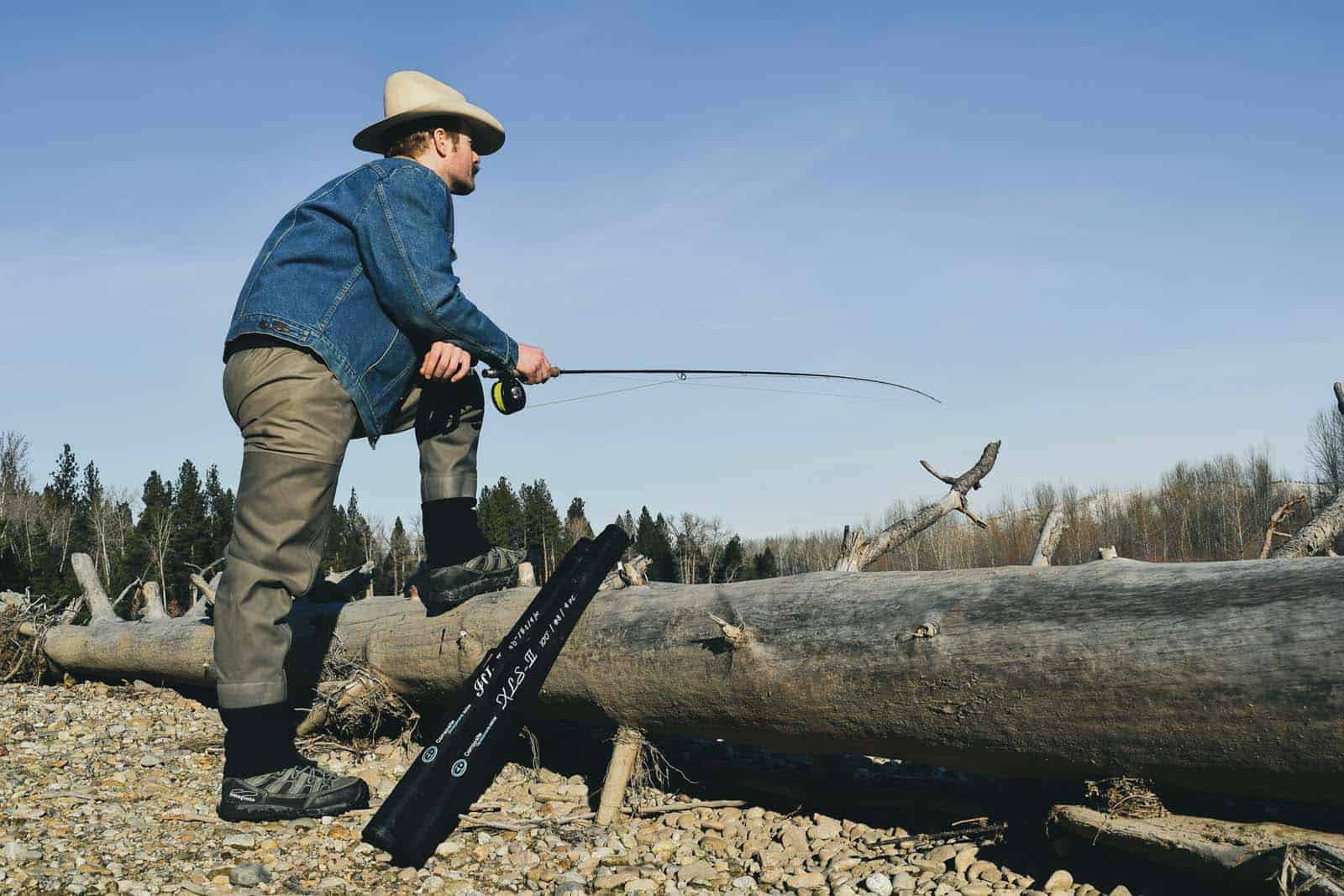The Skwala Hatch: Montana’s Spring Dry Fly Fishing is a Vile Temptress
Karnopp sprinkles a dose of reality on the hype surrounding Montana’s Spring Skwala hatch.
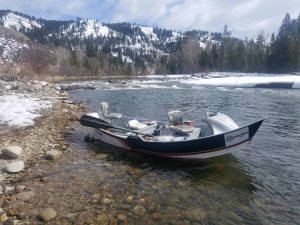
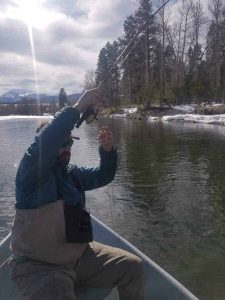
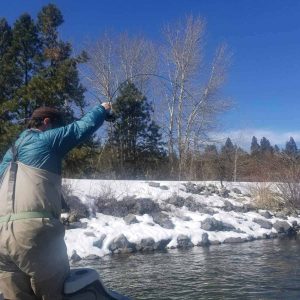
There’s an inch-long, dark-bodied stonefly, called a Skwala, that shows itself out here in Western Montana in the latter stages of winter (“Spring” is a myth here). The timing of this “hatch” is congruent with cabin fever, unpredictable weather, hungry fish and alluring Instagram posts. Though less environmentally destructive than, say, the pine beetle, this member of the Perlidae family is responsible for high hopes, unrealistic expectations, angler disappointment, and frozen asses.
“Skwalapalooza”, as this event has come to be known, attracts pale-faced, numb-butted fly rodders the world over. One river in particular shoulders the brunt of the load. At zenith, the fishing pressure is just about all that a modest-sized freestone stream can handle. The angling can be fantastic when the stars align, but the weather is as fickle as the fish. Storm systems roll in off the mountain range to the west bringing snow squalls and barometer fluctuations, and dreaded upstream winds.
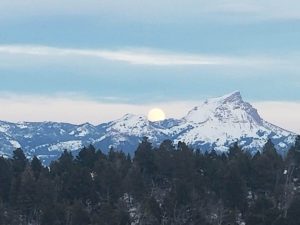
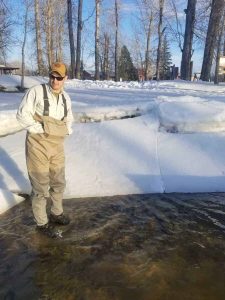
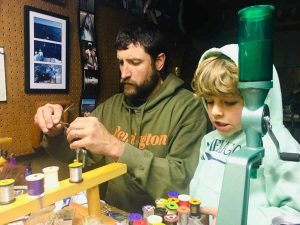
I too, was seduced by this hatch and have spent countless hours at the vise concocting the perfect recipe, for the fly pattern is paramount to Skwala-success. Over the years there has been some memorable fishing sprinkled in with the aforementioned frustrations. Eventually, I arrived at the conclusion that I was best off utilizing my precious fishing days in April, when optimum conditions and bug activity are more likely, and leaving the month of March to yard work. For several years, I have not been disappointed by obeying this simple principle.
I broke this cardinal rule recently after a particularly stubborn polar vortex. Lured by a rare sensation (warmth on the skin) and the enthusiasm of giddy friends, I agreed to float the river on a day when my spidey senses told me to stay home and watch the basketball tournament. Further, I agreed to take my newly acquired driftboat down a dicey section of river. Though it was a nice day to be on the water, there were none of the acclaimed insects about and the fish certainly weren’t rising. My friends found a few nice ones on a dropper nymph, while I pitched a shutout for myself. No matter, I had no regrets about taking this ill-advised gamble until, after portaging a nasty diversion section, I noticed a substantial amount of water in the bottom of the boat. I half-heartedly chalked it up to a rogue wave but there was no denying the truth when we pulled the boat out. There was a dime-sized hole in the bottom and I now had a self-bailing fiberglass boat. There was a price to be paid for deviating from my conviction.
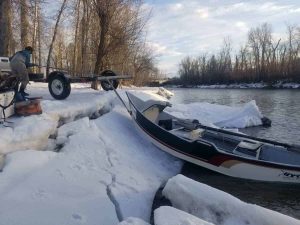
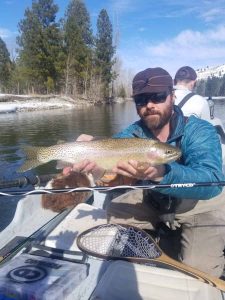
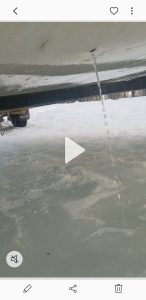
I ignored the social media posts of girthy browns for 2 weeks until my old friend extended an invitation. It was forecasted to be a warm, cloudy Tuesday, and the river had just dropped back into shape. On the first likely bank below the empty boat ramp, a nice trout, tucked tight to a log, lunged for my favorite Skwala pattern. I missed the fish but our optimism soared and on the next bank I caught my first dry fly eater of the season. This fluky hatch reeled me right back in. The winds and the weather stayed put behind the mountains and strong, healthy trout confidently rose to the dry all day. Complimented by the company of my great pal, our two dogs, and nobody else, it could not have been a better outing.The following morning, the rain arrived in sheets and the river blew out. We had hit one of the only great days of dry fly fishing that this finicky hatch would provide this season and I remembered why Skwalapalooza can be so damn fun…as long as you pack plenty of layers and leave your expectations at the put in.
